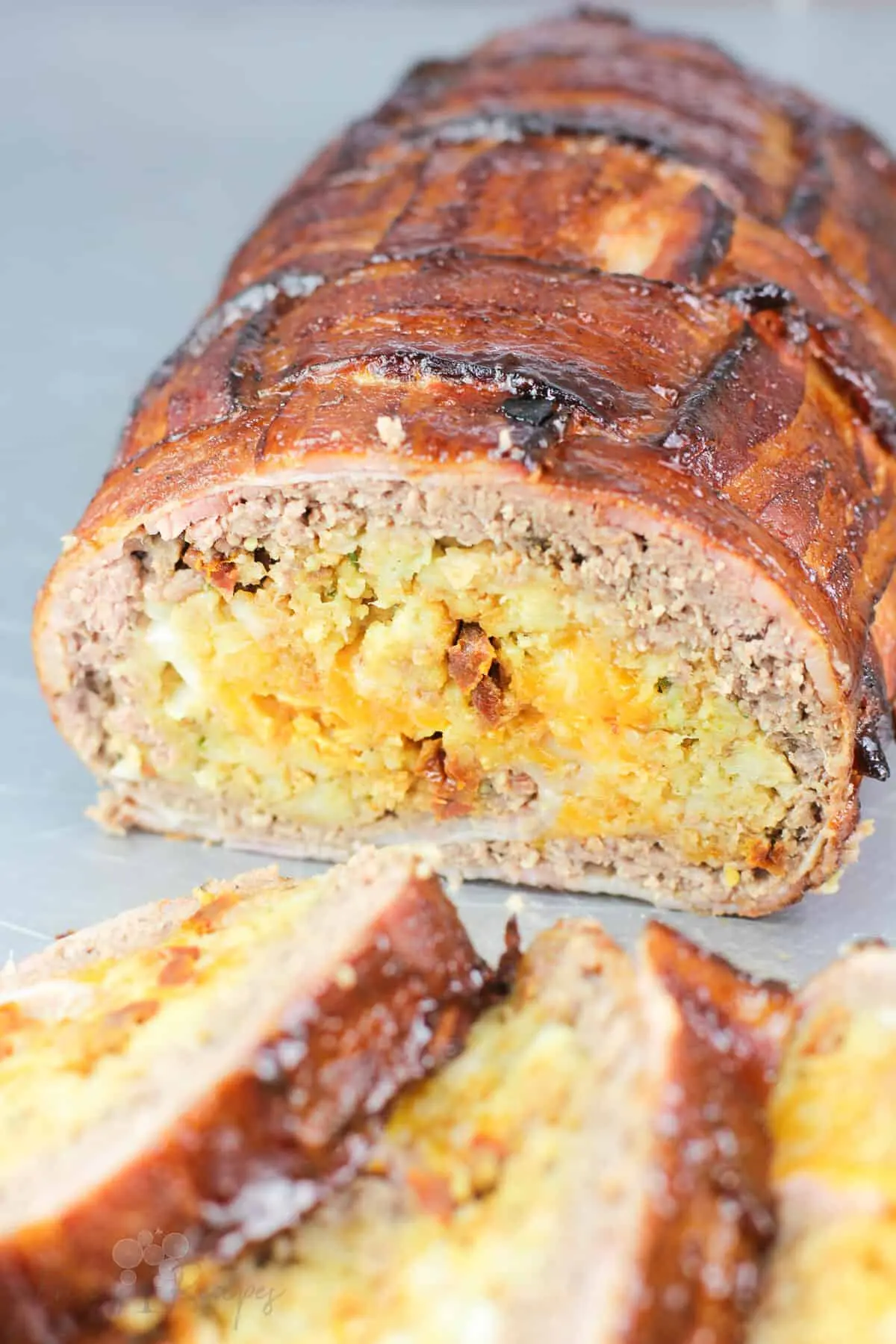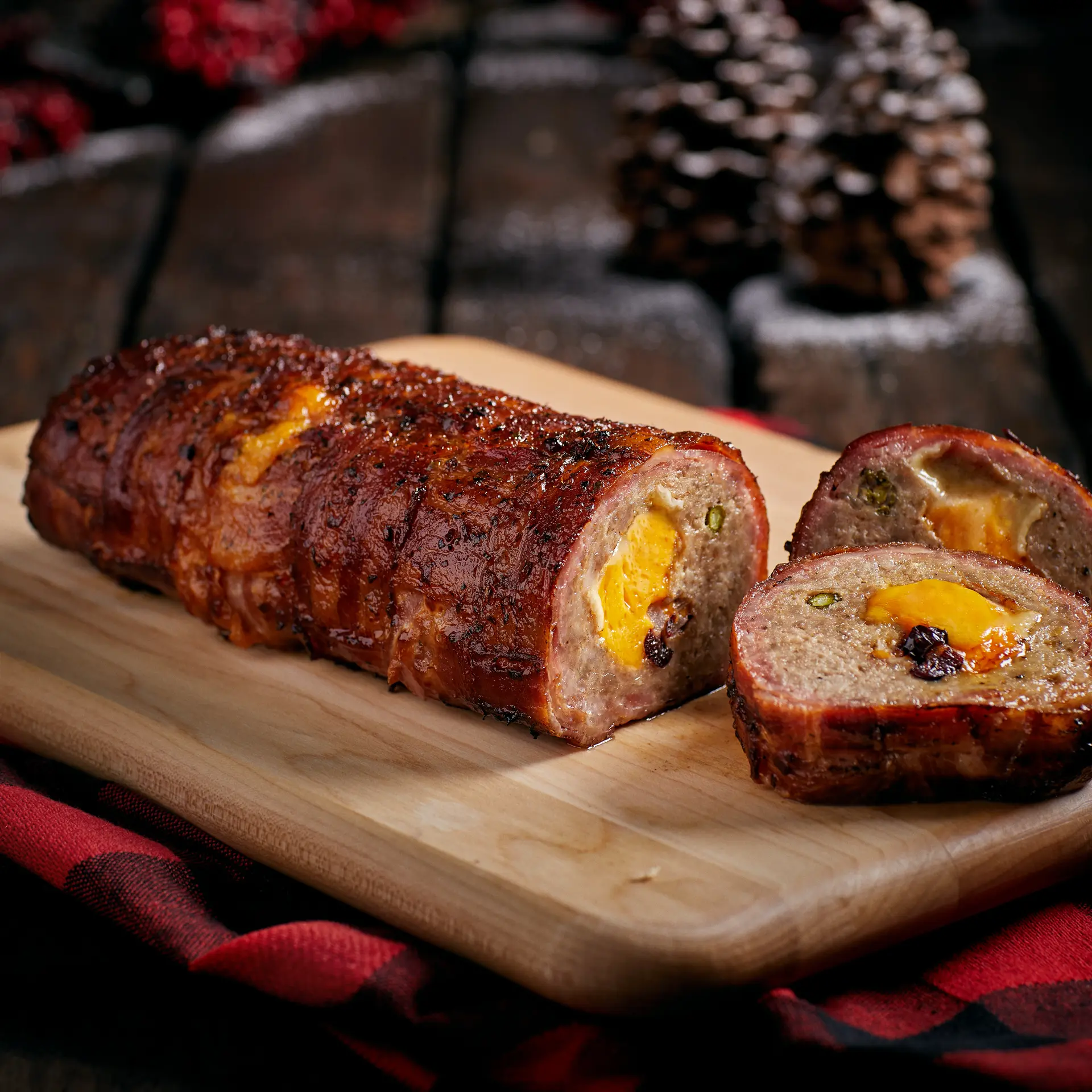I have always been a fan of breakfast meats, whether it's smoked ham, bacon, or breakfast sausage. So, when our Sunday School class decided to have a breakfast potluck, I knew I had to contribute something meaty. While I usually smoke ham or bacon, I decided to try something different and smoke some breakfast sausage. It turned out to be a big hit and disappeared from the plates as soon as it was served. If you're interested in trying it out, here's how you can smoke breakfast sausage:

Choosing the Right Sausage
You can use any store-bought breakfast sausage like Johnsonville, Jimmy Dean, or Farmer John's. While both cased and uncased sausages can be smoked, most experienced smokers recommend using the cased versions. Some people even brush the sausage links with maple syrup before smoking, but I find that these sausages don't need any additional flavoring.
Setting up the Smoker
You can use any type of smoker for this recipe, whether it's an upright charcoal water smoker or an offset firebox smoker. If you're unsure about how to set up a smoker or which type to choose, there are plenty of resources available online to guide you. One great website to consult is AmazingRibs.com, which provides in-depth information on the science of smoking.
Smoking the Sausage
One common concern when smoking breakfast sausages is cooking them thoroughly to ensure they are safe to eat. Ground meat is more susceptible to contamination and bacteria than whole cuts of meat, so it's important to take precautions. Some smoking charts recommend cooking breakfast sausages at 230 degrees for 3 hours until they reach an internal temperature of 160 degrees.
However, determining the internal temperature of thin breakfast sausage links can be tricky. In my experience, smoking them at around 250 degrees for about two hours has produced perfectly cooked sausages. While it's always recommended to use a digital probe thermometer to check the internal temperature, I've served these sausages to large groups multiple times without any issues.

Reheating the Sausage
If you're like me and don't want to wake up hours before breakfast to smoke sausages, you can always smoke them the night before and reheat them before serving. I usually place the sausages on a plate and reheat them in the microwave shortly before serving. They turn out just as delicious and can be used as a standalone side or added to omelettes and scrambles.
You can smoke a large batch of sausages at once and freeze the leftovers. This way, you can easily take them out as needed for a quick and tasty breakfast option. Smoking sausages at home takes them from being a good breakfast meat to a great one!

- Can I use any type of breakfast sausage? Yes, you can use any store-bought breakfast sausage like Johnsonville, Jimmy Dean, or Farmer John's.
- Do I need to brush the sausages with maple syrup? While some people do this, it's not necessary as the sausages have plenty of flavor on their own.
- What temperature should I smoke the sausages at? It's recommended to smoke them at around 250 degrees for about two hours or until they reach an internal temperature of 160 degrees.
- Can I reheat the sausages? Yes, you can smoke the sausages the night before and reheat them in the microwave before serving.
Smoking breakfast sausages is a simple and delicious way to elevate your breakfast game. Whether you're serving them as a standalone side or adding them to other breakfast dishes, the smoky flavor takes them to a whole new level. So, fire up your smoker and give it a try!
If you want to know other articles similar to Smoked breakfast sausage: a delicious twist on a classic you can visit the Food & cooking category.


Related Articles